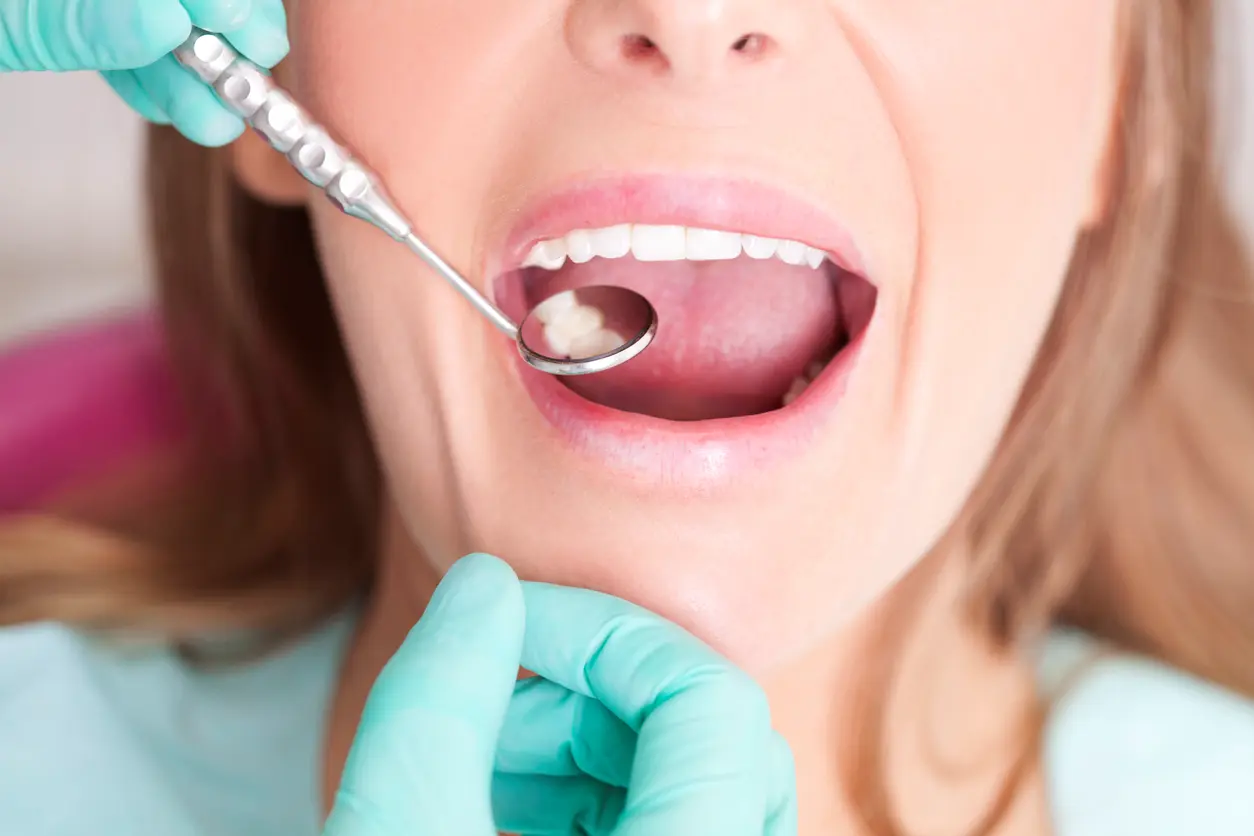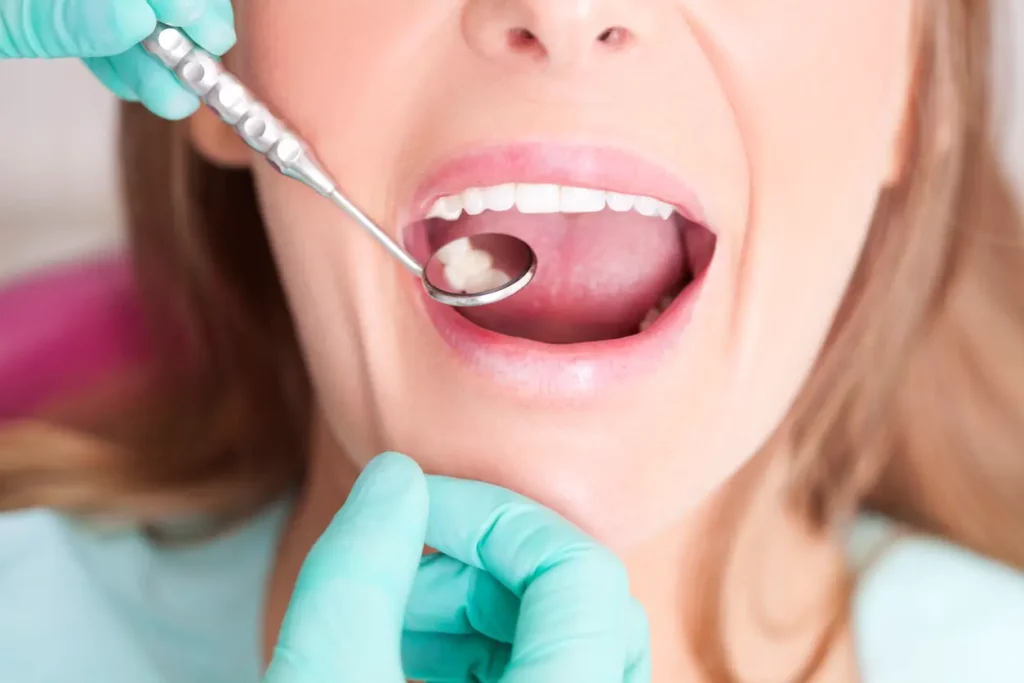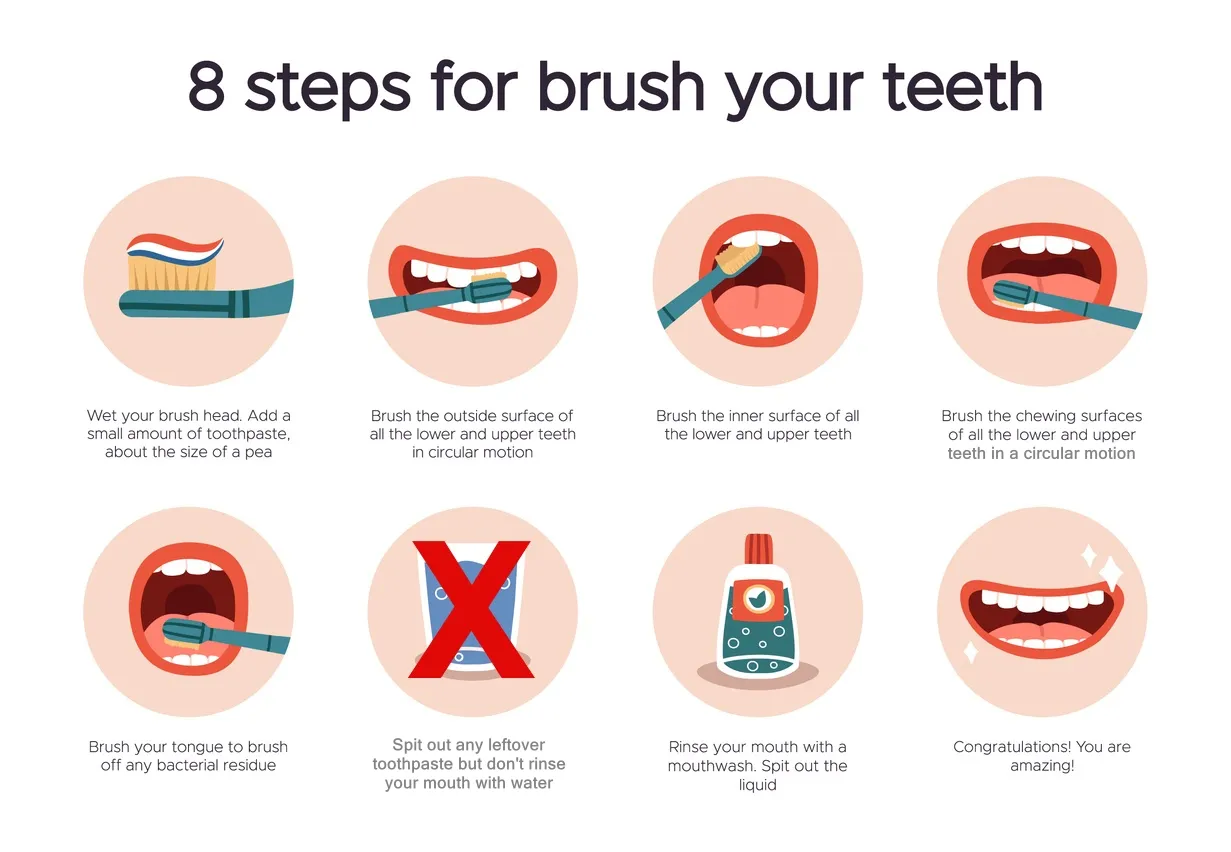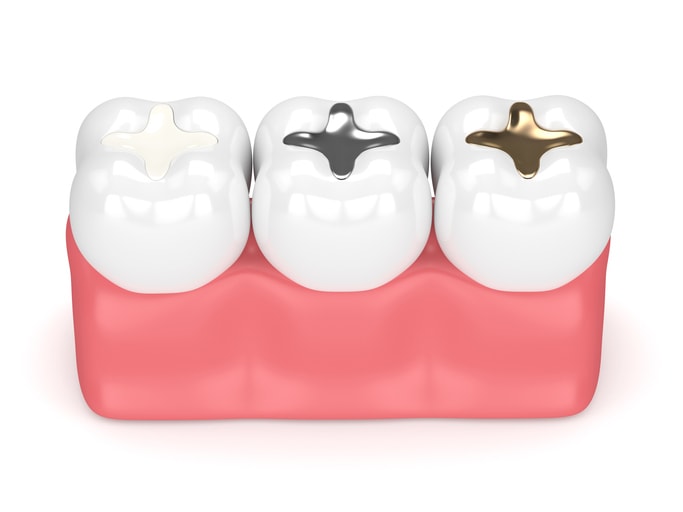Facts about Cavities and Fillings
5 Ways to Get Cavities
When the surface of the tooth develops small holes in the enamel, those holes are called cavities. Cavities develop for a variety of reasons and are among the most prevalent dental health problems in the world. Although anyone can get cavities, they are most common among children.

Fortunately, cavities are preventable or at least minimized in most people by adhering to good dental health practices. Following are the five most common ways to get cavities.
1. Not Brushing
Brushing is the foundation of good dental health. This should be done a minimum of twice per day for a period of no less than two minutes using a soft-bristled brush. because these are more effective at removing plaque buildup and leftover food. Always use small circular strokes and make sure to cover all of the teeth. Never use a back and forth sawing motion. This overtime could damage your teeth. You should replace your toothbrush every three to four months.
2. Not Flossing
Flossing at least once per day is another essential component of good oral hygiene. Flossing is important because it removes plaque and food debris from areas that toothbrushes can’t reach. It doesn’t really matter what floss you choose, as long as you do a thorough job of cleaning between each tooth. Waxed floss adds slightly more width to the floss and may be harder to get between tight spaces. However, waxed floss adds strength to the floss so it doesn’t break while in use.
3. Eating Sugary and Starchy Foods
Eating sugary and starchy foods is another common cause of cavities. Although it’s impossible to go through life without eating any of these foods, minimizing them will help keep teeth healthier. Sugary beverages are particularly damaging to tooth enamel. Those who drink them can minimize the contact they have with the surface of the tooth by using a straw.
4. Frequent Snacking
Frequent snacking contributes to tooth decay and cavities because it increases exposure to sugars and starches. Those seeking to minimize the damage that frequent snacking can cause should choose healthy snacks like fruits and vegetables. Drinking a glass of water along with eating healthy snacks also helps to reduce the craving to snack often.
5. Some Medications
Certain medications make the teeth more vulnerable to developing cavities. Anything that causes dry mouth, for instance, impedes the development of saliva, which acts as a natural oral cleanser. Examples of medications that cause dry mouth include decongestants, antihistamines, and benzodiazepines.
Cavities Don’t Go Away on Their Own
Left untreated, cavities grow larger and can become painfully infected. In the initial stages, the tooth enamel begins to weaken. Cavities appear as dark or white spots on the surface of the tooth. At this point, the damage is reversible. However, once the cavity has progressed beyond the beginning stages, it has the power to wreak havoc in a number of ways. The infection may reach the pulp of the tooth, and in worst-case scenarios, can enter the bloodstream and become systemic.
Average Number of Cavities Per U.S. Citizen
According to the Center for Disease Control and Prevention (CDC), one in four U.S. adults between the ages of 20 and 64 have had at least one cavity. More than half of all children aged six through eight have had at least one cavity in their primary teeth, with children of low-income parents being twice as likely to experience poor dental health than others. Over half of teens aged 12 through 19 have had at least one cavity in their permanent teeth.
Dental Amalgam Fillings
Dentists have been using amalgam fillings for over a century. Typically made from a combination of metals such as silver, tin, copper, and elemental mercury. Amalgam fillings are silver in color and dentists used them most frequently on cavities in the back of the mouth.
Advantages of Dental Amalgam Fillings
One of the main advantages of amalgam fillings is that they last a long time and are less likely than other types of fillings to break provided they are given the proper care. The materials in them make them harden quickly, and because this material is strong, it’s appropriate for filling large cavities. They are also less expensive than other types of fillings.
Disadvantages of Dental Amalgam Fillings
Because Amalgam fillings are silver, they don’t look like natural tooth material—and this causes some dental patients to disfavor them. Amalgam fillings also become darker over time. For this reason, dentists use other types of dental fillings at or near the front of the mouth so they are less noticeable.
Although there has been a lot of talk in recent years about the mercury content in amalgam fillings causing a health risk, there is no clinical basis for this. When combined with other materials, elemental mercury is a safe, stable material.
Composite Resin Fillings
Composite resin fillings are sometimes called white fillings because they mimic the color of natural teeth. These fillings are typically made from acrylic resin that is reinforced with other types of resins or powdered glass or quartz. These materials provide the natural shine and slight transparency of natural teeth.
Advantages of Composite Resin Fillings
The main advantage of composite resin fillings is that they don’t detract from the appearance of natural teeth—the color can be customized to match the patient’s natural teeth. This type of filling also requires less drilling than amalgam fillings, which makes the experience more comfortable.
Disadvantages of Composite Resin Fillings
Composite resin fillings tend to wear out faster than their amalgam counterparts, especially if you are prone to grinding your teeth. They may also become stained through exposure to substances such as coffee, tea, berries, wine, and other richly pigmented foods and beverages. Other possible disadvantages include the slightly longer length of time it takes for the dentist to install them and their higher cost compared to metal fillings.
Schedule an Appointment with Dr. Rinaldi – Washington, DC
Only you, with the help of a skilled dentist, can decide which type of filling best suits your individual needs and preferences. Please feel free to contact Dr. Rinaldi for more information on maintaining good dental health.



